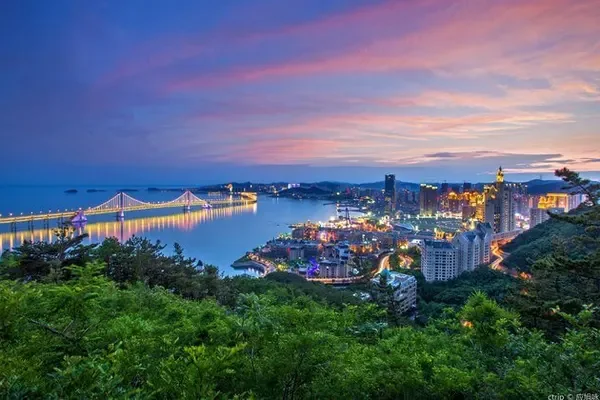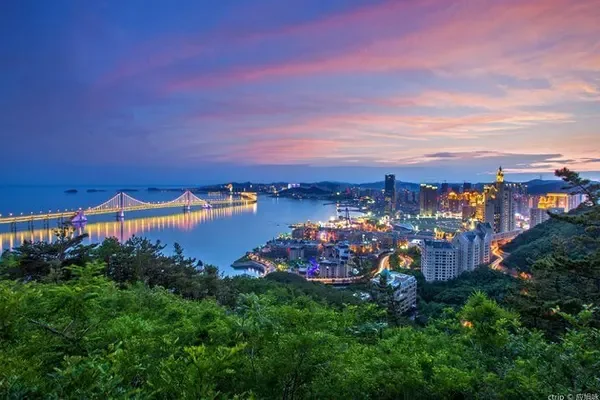As one of the four no-man's lands, Lop Nur is often the object of public attention, and many people are afraid of it because of the various confusing events that occur. The mystery of the ear of the earth, the ancient city of Loulan, the cemetery of Xiaohe, the disappearance of Peng Jiamu, etc. These seemingly strange things have cast a layer of fog on Lop Nur. For many people who have never been to Lop Nur, it is like a piece of life. The forbidden land is full of unknowns and lacks vitality, so Lop Nur is really lifeless, and no one survives? The answer is definitely no. Today, I will tell you about the people living in Lop Nur.

The Rob people, also known as the Rob Nur people, are one of the oldest ethnic groups in Xinjiang. They live by the Xiaohaizi on the banks of the Tarim Lake. Like other nomadic peoples such as Mongolians, they live by water and grass, but they do not live as nomads. , mainly for fishing and hunting. They don't grow grains, don't herd livestock, the only boat they have is fishing, they drink apocynum tea, and they wear apocynum sackcloth. Its dialect is one of the three major dialects in Xinjiang. They thrive on the Lop Nur waters and surrounding wetlands and their original Populus euphratica forests.
However, some historians have suggested that the Lop Nur people in a broad sense should be the aborigines designated to live in the entire Lop Wilderness, and we are talking about those people who are chasing the terminal lake of the Tarim River - Lop Nur or Karakusun Lake. Some people are called Lop Nur people in a narrow sense.
Lop Nur people, they are described as "living fossils of the vast desert sea", they have witnessed the prosperity and decline of Lop Nur. For a long time in history, Lop Nur was a vibrant oasis. Here, there were endless fish in the sea and endless hunting in the oasis. People lived a leisurely and prosperous life here. It has also been recorded in detail in our historical documents: "The Hui people in Lop Nur live on fish, weave wild hemp for clothing, take geese as fur, and use waterfowl wings as bedding. People live more than a hundred years old."


However, for more than 100 years, the water source continued to dry up, until the end of 1972, the Lop Nor people became unclaimed "abandoned babies" in the desert. The harsh living environment forced people to migrate to places with water again and again. .
Today, the Luobu village located 35 kilometers southwest of Yuli County in Xinjiang is the place where we can directly contact the Luobu people. This village covers an area of 72 square kilometers and has more than 20 households. It is one of the largest villages in western China. -
This village, known as the paradise of the Rob people, is a famous longevity village. The Luobu people in the village love to work. They are nearly 70 or 80 years old and still insist on farming. They often go fishing in the lake together with the Kapen (the Kapen is a canoe made by the Luobu people out of dead Populus euphratica). The fish caught will be taken out for the whole village to choose and eat at will.

In addition to people in their 70s and 80s, centenarians are also common in this village. Although they look old, they are in good physical fitness, not deaf, not blind, clear in thinking, optimistic, open-minded, and unrestrained. They often dance and sing, and everyone who has seen them is moved. But why do they live so long? Some people say that it is because they are far away from the hustle and bustle and pollution of the city, they are in a good mood and live longer naturally; some say that it is because of the apocynum tea they drink; others say that it is because they eat fish all day long. However, these are all speculations. I think the combination of these answers is the final answer.

With the development of the times and their continuous migration again and again, it has become difficult for people to find the houses and buildings of the Rob people left in ancient times. The buildings in the villages of the Rob people today are also designed and built in recent years by professors who study archeology. The main entrance of the Luobu village is shaped like the head of a person wearing a hat, with fish totems on both sides. In the small village of the Rob people, tourists can see four interesting people and things at the same time, namely the Rob people, Haizi, Populus euphratica and the desert.

The village of the Rob people, this mysterious village living in the desert, has too many stories and legends about them. After historical changes, lake evolution, and harsh environment, they still survived strongly. We can smell a wave in them. Primitive breath, they are the witnesses of the history of Lop Nur, more like a symbol of vitality in the desert.

